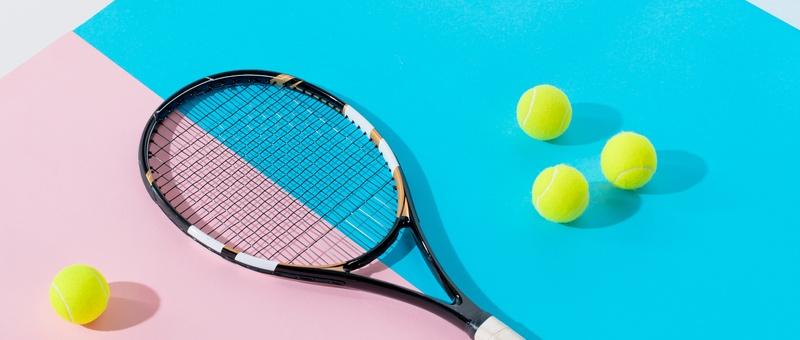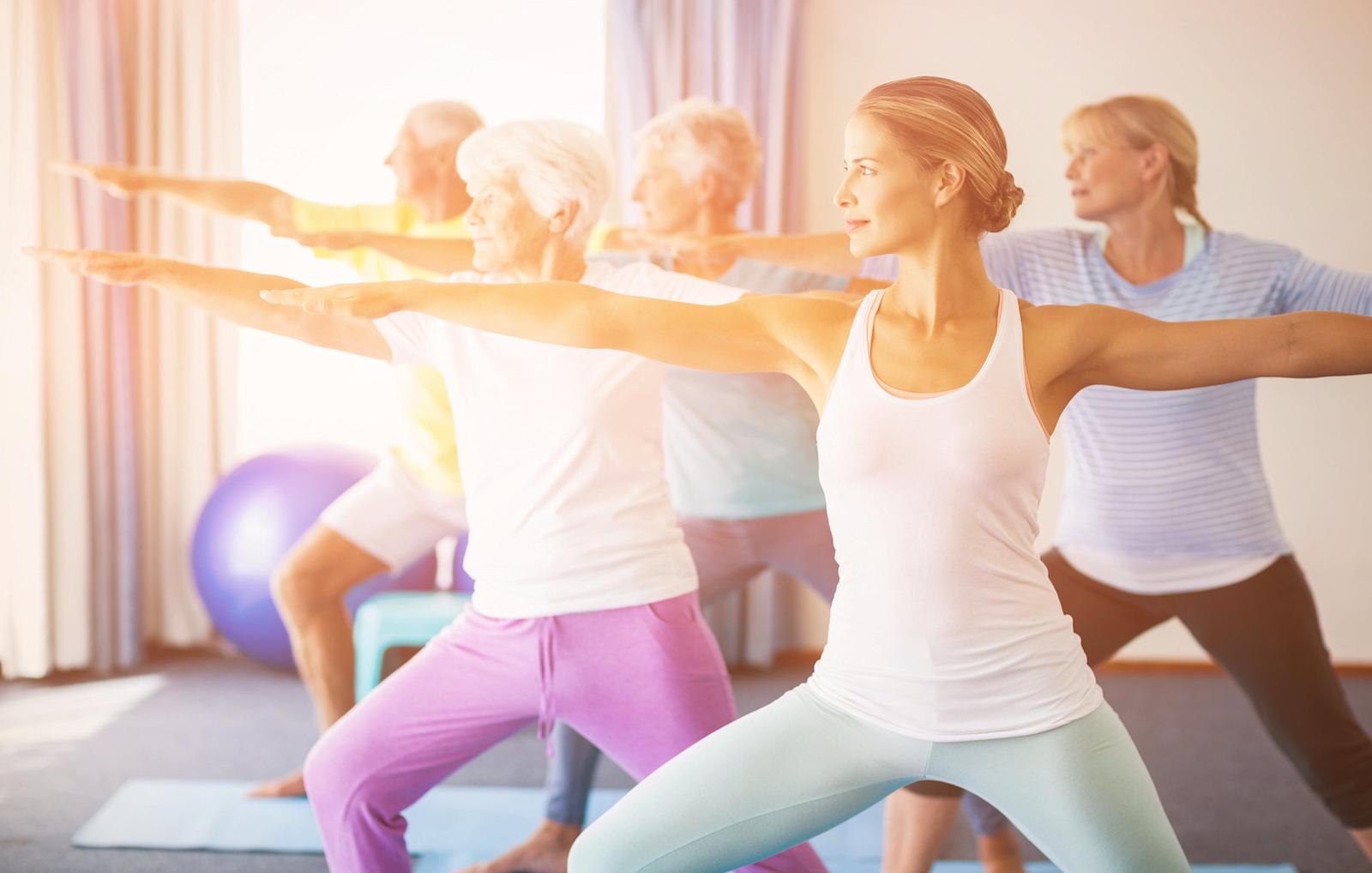
Wimbledon serves as a reminder: take your joint pain seriously
Peer reviewed by Dr Colin Tidy, MRCGPAuthored by Victoria RawOriginally published 6 Jul 2025
Meets Patient’s editorial guidelines
- DownloadDownload
- Share
- Language
- Discussion
As Wimbledon captures the nation’s attention, a leading knee specialist is urging us all - especially tennis enthusiasts - not to neglect our joint health.
In this article:
While tennis is a fantastic way to stay active and social, it’s also a sport that can place strain on your hip and knee joints. This is due to movements such as sharp pivots, sudden stops, and lunges - particularly on hard courts.
In fact, former GB tennis champion Andy Murray is no stranger to joint pain. During his 20-year career, he underwent many surgeries to treat long-term hip degeneration - including a joint resurfacing procedure. This allowed him to continue competing until he retired from professional tennis last year.
According to Sport England, more than 250,000 people aged 55 and over now play tennis regularly. With more older adults picking up the racquet, the timing is ideal to raise awareness of joint care - especially for hips and knees which can take significant impact during a game, whatever your standard of play.
Dr Nurul Ahad, Consultant Orthopaedic Surgeon and Medical Director, Practice Plus Group, UK says it’s crucial to look after our joints at any age.
“Knees and hips are two of the hardest working joints in your body," he explains. "They support nearly every movement we make - from walking and bending to sports such as tennis or running. And yet, they’re often ignored when discomfort starts.”
Dr Nurul Ahad, Consultant Orthopaedic Surgeon and Medical Director, Practice Plus Group, UK

Continue reading below
It could be arthritis – don’t delay
Ahad warns that many people don’t realise they’re living with symptoms of osteoarthritis, cartilage or ligament damage until their pain becomes difficult to ignore.
He says: “If you're feeling stiffness, swelling, or pain that doesn’t go away it could be more than just wear and tear. These can often be an early sign of arthritis.
"You might also notice your leg starting to bow slightly, or that you're struggling to climb stairs and have less range of movement. These aren’t things to brush off and are best checked as soon as possible.”
Movement is medicine
Ahad says there is plenty that can be done to protect your joints - from choosing lower impact sports to supporting joints through building muscle strength.
“Movement is medicine," he explains. "Low-impact exercises - such as cycling, swimming, and walking are incredibly effective in strengthening the surrounding muscles without overloading the joint. And for those already having discomfort, it's often about modifying - not stopping - your activity.
“It’s also important to work on muscle strength. Strong glutes, quads, and hamstrings act like shock absorbers for knees and hips. But when we stop exercising due to pain, those muscles weaken, which can make the problem worse. That’s why keeping up with strengthening and stretching is so important - even a few minutes a day at home can make a difference.”
Continue reading below
Support joints with a balanced diet
What you eat can also affect joint health - choosing a balanced diet and keeping weight in check can help keep budding tennis players in the game for longer.
Ahad says: “Maintaining a healthy weight dramatically reduces the pressure on your joints. Every extra pound you carry can add several pounds of force to your joints with each step, so eating well is a must.
“There’s growing evidence that diets rich in omega-3s - like oily fish - along with olive oil, berries, leafy greens, and nuts, can support joint health. On the flip side, reducing processed foods and red meats may help ease inflammatory symptoms, especially in people with arthritis."
He adds that supplements can be beneficial for some too - such as glucosamine, chondroitin, or collagen.
"While the science is mixed, they’re safe for most and may be worth trying if you're struggling," he says.
Act sooner rather than later
If all else fails, Ahad advises seeing your doctor or consultant as soon as possible. Delaying can inevitably make the issue worse and may lead to further complications.
Ahad concludes: “Don’t ignore persistent knee pain - it could be your body asking for help. Early intervention - whether through physiotherapy, lifestyle changes, or in some cases, surgery - can make a big difference.
"With timely joint surgery, you can avoid long-term damage and stay on the courts longer - just be sure to moderate your game and only begin playing again when you are fully recovered. Then think more gentle rallies rather than a Centre Court performance.”
Patient picks for Joint health

Bones, joints and muscles
Best exercises for your joints
You may have concerns about the impact exercise has on your joints, especially if you already have joint pain or stiffness. However, regular physical activity can be helpful in protecting healthy joints and even for relieving joint pain in some cases. The key is to choose exercises that are low-impact, improve flexibility, and build up the muscles around the joints. Here we chat to fitness expert, Laura Williams, about what the best exercises are for your joints.
by Heather Ainsworth

Bones, joints and muscles
Joint pain - is it bursitis?
Bursitis is a common cause of painful, swollen, and tender joints. It's sometimes caused by repeated movements that place pressure on your joints - like kneeling or elbow-leaning - and can affect different parts of your body.
by Dr Sarah Jarvis MBE, FRCGP
Continue reading below
Article history
The information on this page is peer reviewed by qualified clinicians.
Next review due: 6 Jul 2028
6 Jul 2025 | Originally published
Authored by:
Victoria RawPeer reviewed by
Dr Colin Tidy, MRCGP

Ask, share, connect.
Browse discussions, ask questions, and share experiences across hundreds of health topics.

Feeling unwell?
Assess your symptoms online for free
Sign up to the Patient newsletter
Your weekly dose of clear, trustworthy health advice - written to help you feel informed, confident and in control.
By subscribing you accept our Privacy Policy. You can unsubscribe at any time. We never sell your data.